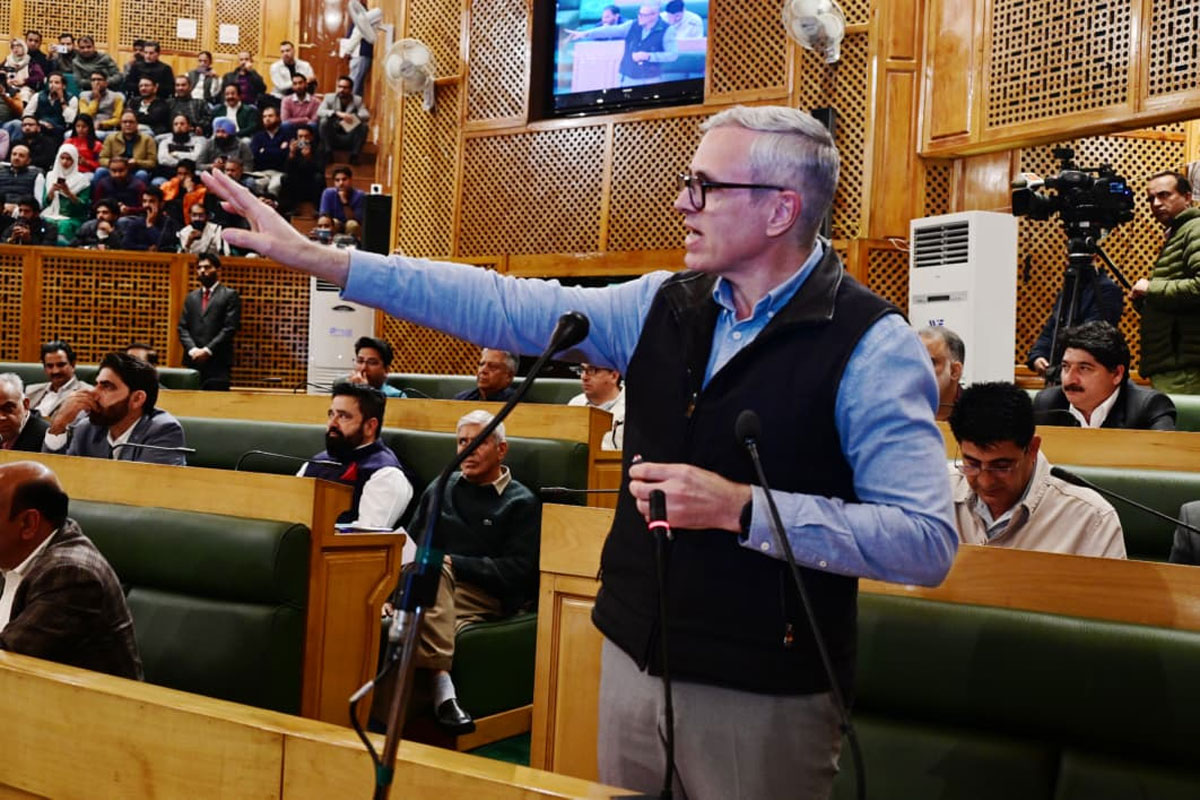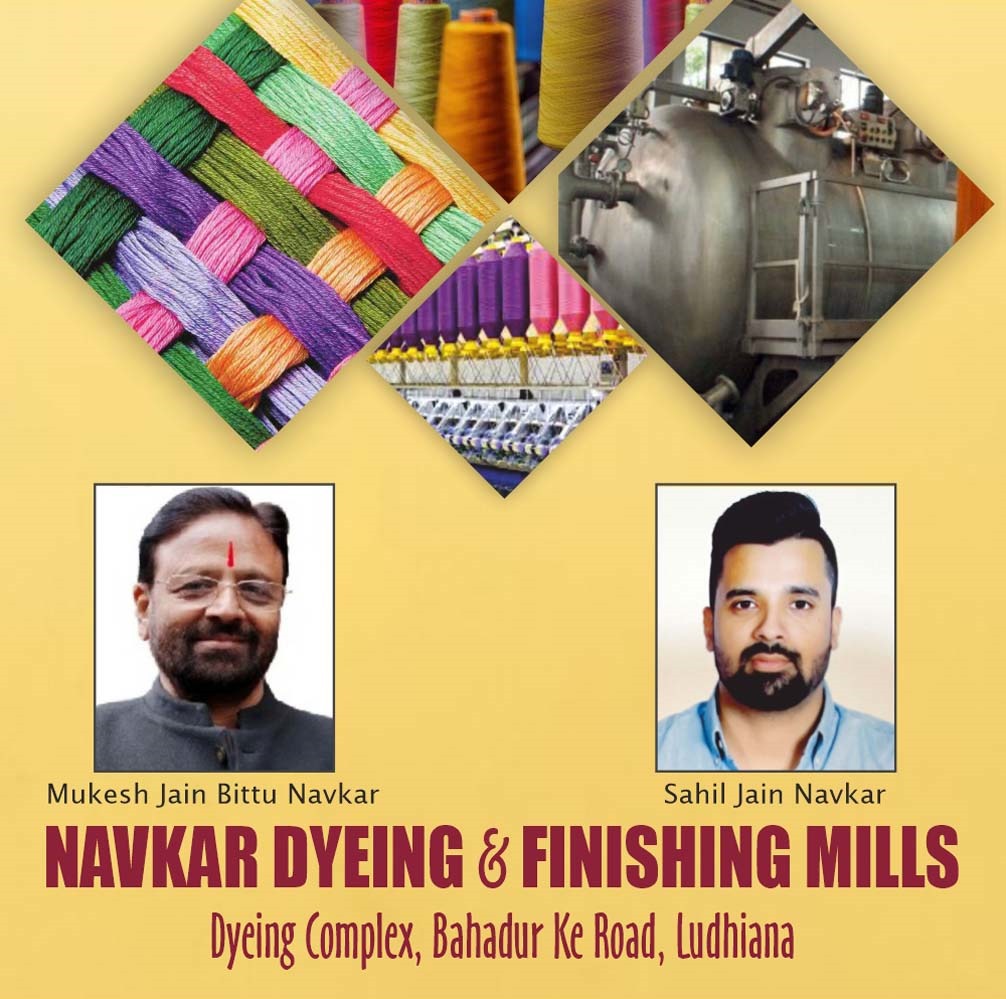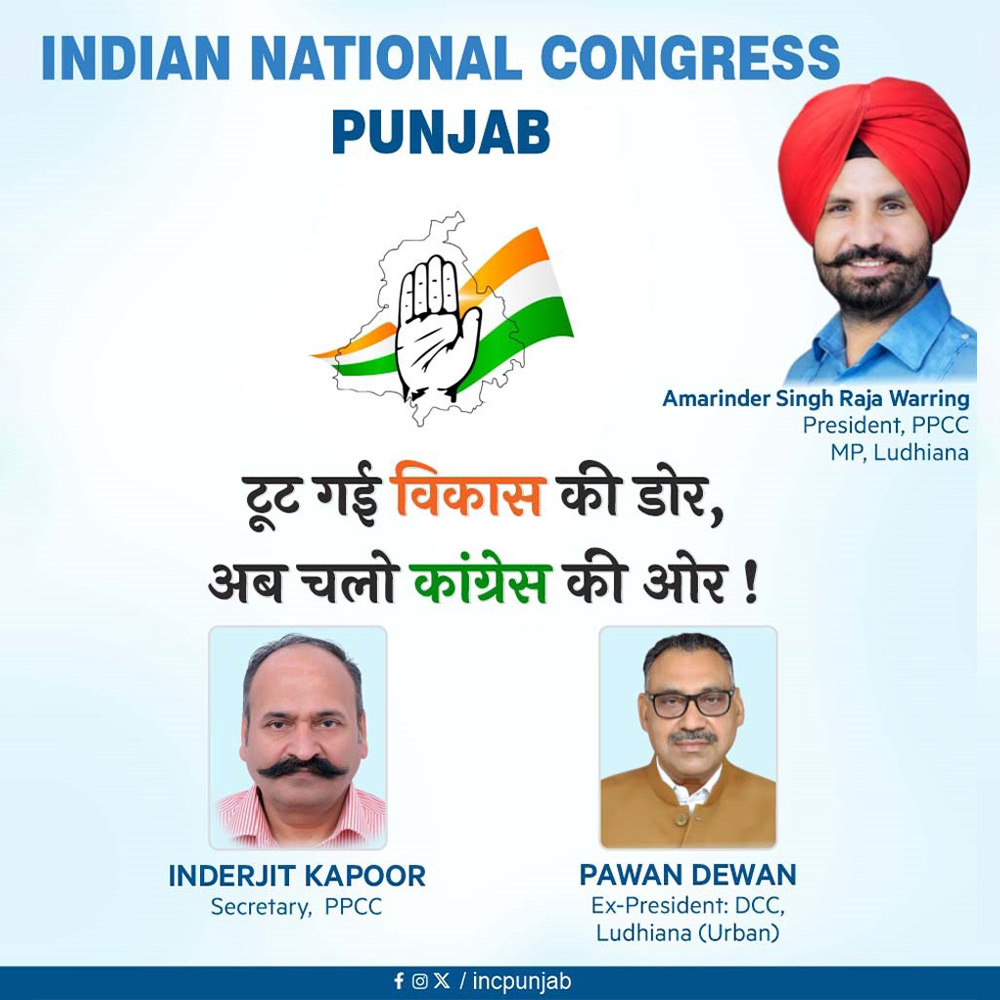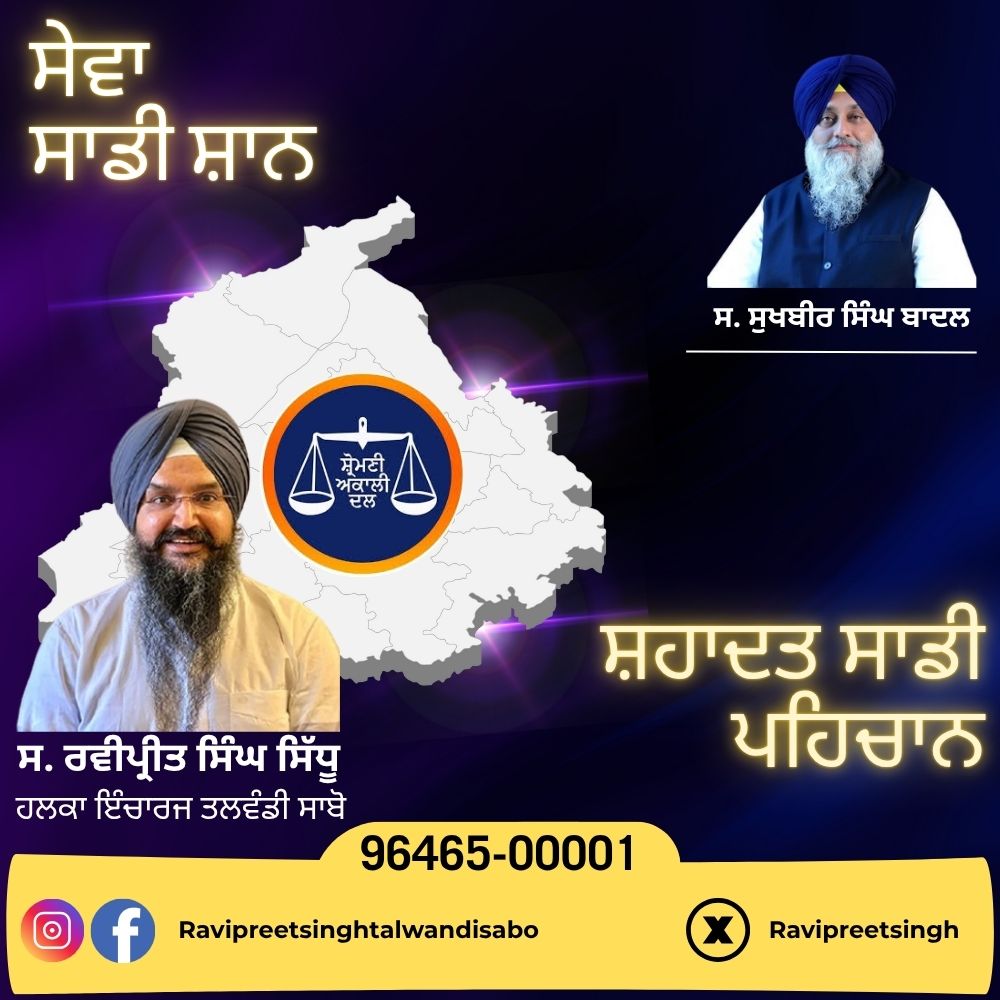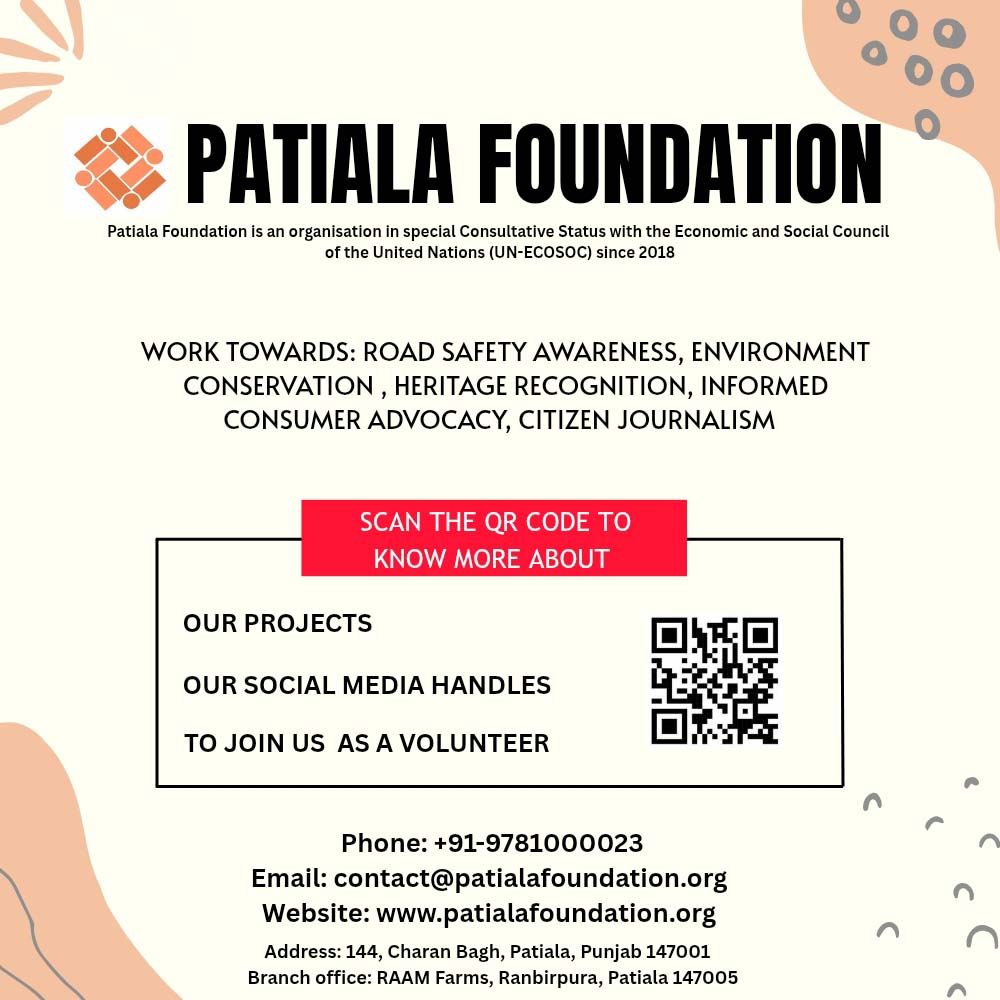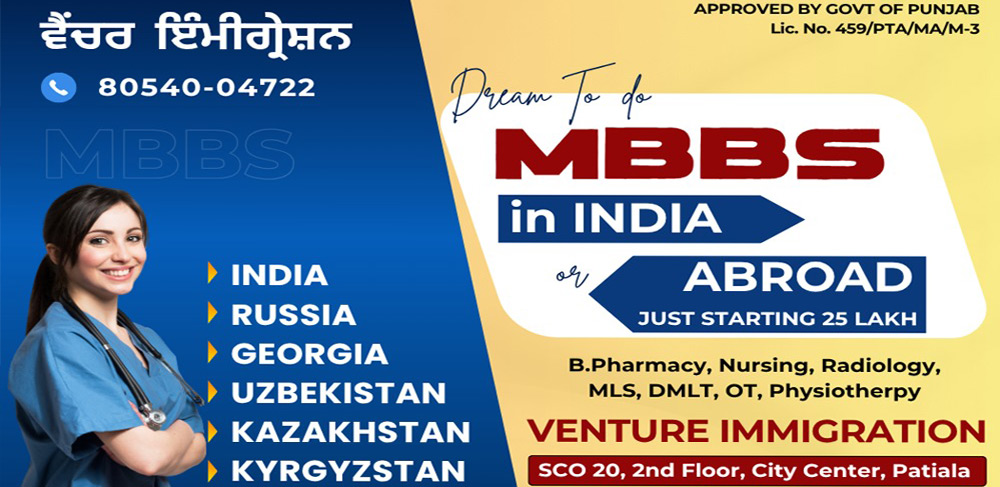Restoration of full statehood to Jammu and Kashmir has become one of the most significant and emotionally charged political issues in the region. After over six years when the Article 370 was abrogated and the erstwhile state bifurcated into two Union Territories— J&K and Ladakh—the demand for statehood continues to dominate both local and national political discourse. Statehood demand remains unresolved.
Chief Minister Omar Abdullah and his National Conference party continue to push hard for immediate restoration, while the Home Minister Amit Shah acknowledges the promise but signals it will happen “in due course” and after consultations with Omar Abdullah.
On 5 August 2019, the Government of India revoked Article 370, which had granted special status to J&K, and reorganised it into two Union Territories.
While Ladakh was carved out as a separate UT without a legislature, Jammu and Kashmir retained one. The move was defended by the Centre as a necessary step toward better governance and integration, but it also triggered widespread resentment across the political spectrum in J&K.
The demand for statehood for Ladakh has also grown louder by the passage of time.
The princely era tradition of ‘Durbar Move’, under which certain government offices move to Jammu in winters and to Srinagar in summers, has been restored by Omar Abdullah six years after it was discontinued by the Lt. Governor. The move has widely been appreciated particularly by the traders of Jammu who expect a boost in the economy of the region.
Poor-governance and rising corruption have become the topic of discussion among the common people who had earlier believed that the UT status would eliminate these from Jammu and Kashmir.
The desire of getting rid of the existing system of governance is growing among the common people across J&K. Voices of people are almost unheard in the UT administration and the Lt. Governor Manoj Sinha is unreachable for the common people as he has not established any system of personally listening to grievances, people complain.
The dual control of power in the hands of the Lt. Governor and the Chief Minister has plunged this sensitive border state into confusion. The CM feels helpless as the departments, except the police, law and order etc; come under him but the IAS, IPS and other central services officers are under the control of the LG.
The ruling NC moved a resolution demanding restoration of statehood in the first session of the Assembly after Omar Abdullah’s ministry was formed last year. Omar has demanded nothing short of full statehood. Other political parties in J&K are demanding restoration of Articles 370 and 35A.
During the recent inauguration of the rail link of Kashmir with rest of the country, Omar Abdullah in the presence of Prime Minister Narendra Modi had said, “Earlier I was Chief Minister of a full-fledged state and now I am CM of a UT. I believe it won’t take long to rectify the fault”.
Restoration of statehood has become a contentious issue and Omar has also rejected the Puducherry and Delhi state model for J&K. On the other hand, senior BJP leaders repeatedly say that statehood will be restored “at an appropriate time” after peace was restored.
Omar says that statehood cannot be delayed by linking the Pahalgam terror attack with the issue. “Security, police and law order are under the control of the Lt. Governor and not under the duly elected government”, he says.





